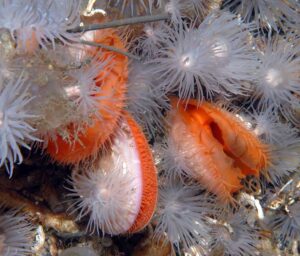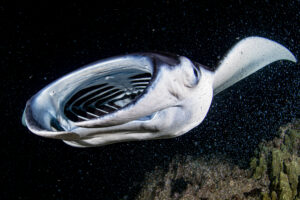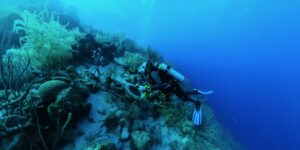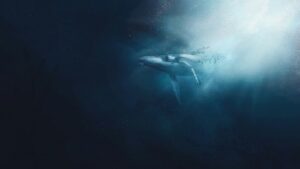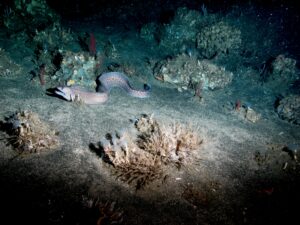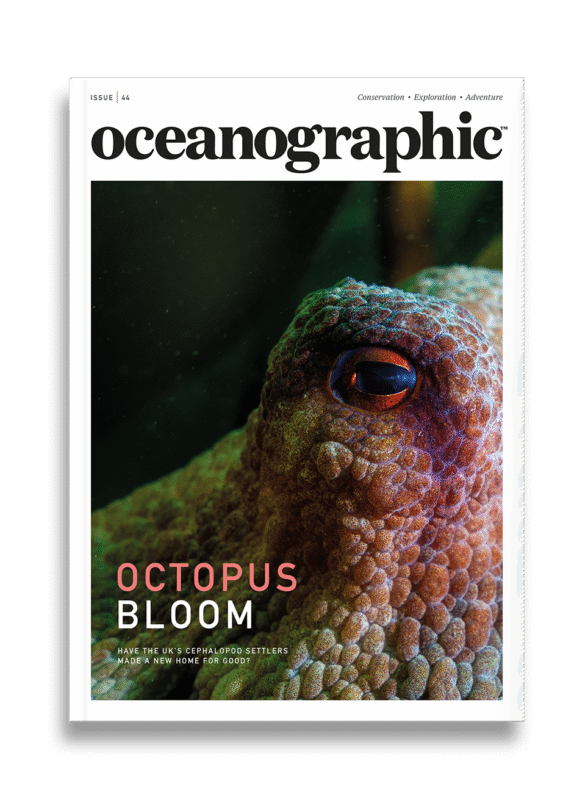Scientists hail third manta ray species "evolution in action"
Found exclusively in Atlantic Ocean waters, the Mobula yarae now joins the reef manta (Mobula alfredi) and the giant oceanic manta (Mobula birostris) as the third formally-recognised manta ray species worldwide.
Some 15 years on from her critical role in one of the largest species discoveries of the past half a century, and the renowned manta ray expert Dr Andrea Marshall has done it again, officially describing a third species of the much-loved marine megafauna.
Found exclusively in Atlantic Ocean waters, the Mobula yarae now joins the reef manta (Mobula alfredi) and the giant oceanic manta (Mobula birostris) as the third formally-recognised manta ray species worldwide.
Published in Environmental Biology of Fishes, the new manta species discovery also represents a culmination of a 15-year scientific journey that began with observations made by the Marine Megafauna Foundation co-founder, Dr Marshall back in 2009.
Dr Marshall is credited with revolutionising manta ray science by splitting what was thought to be one manta ray species into two distinct species 15 years ago. In that same landmark 2009 paper, she predicted that a third manta ray species existed in the Atlantic Ocean.
Her confidence in the prediction came from years of intensive study, including countless hours spent hand drawing individual manta rays from her own underwater photographs to hone her observation skills and understand their morphology.
“It had taken me six years to differentiate the first two species, and I knew them inside out at this stage,” said Dr Marshall. “This [third species] of manta didn’t look like either of them.”
Named Mobula yarae after Yara – a water spirit from Indigenous Brazilian mythology – the new Atlantic manta ray species inhabits tropical and subtropical waters on the eastern United States to Brazil, including the Gulf of Mexico and Caribbean Sea.
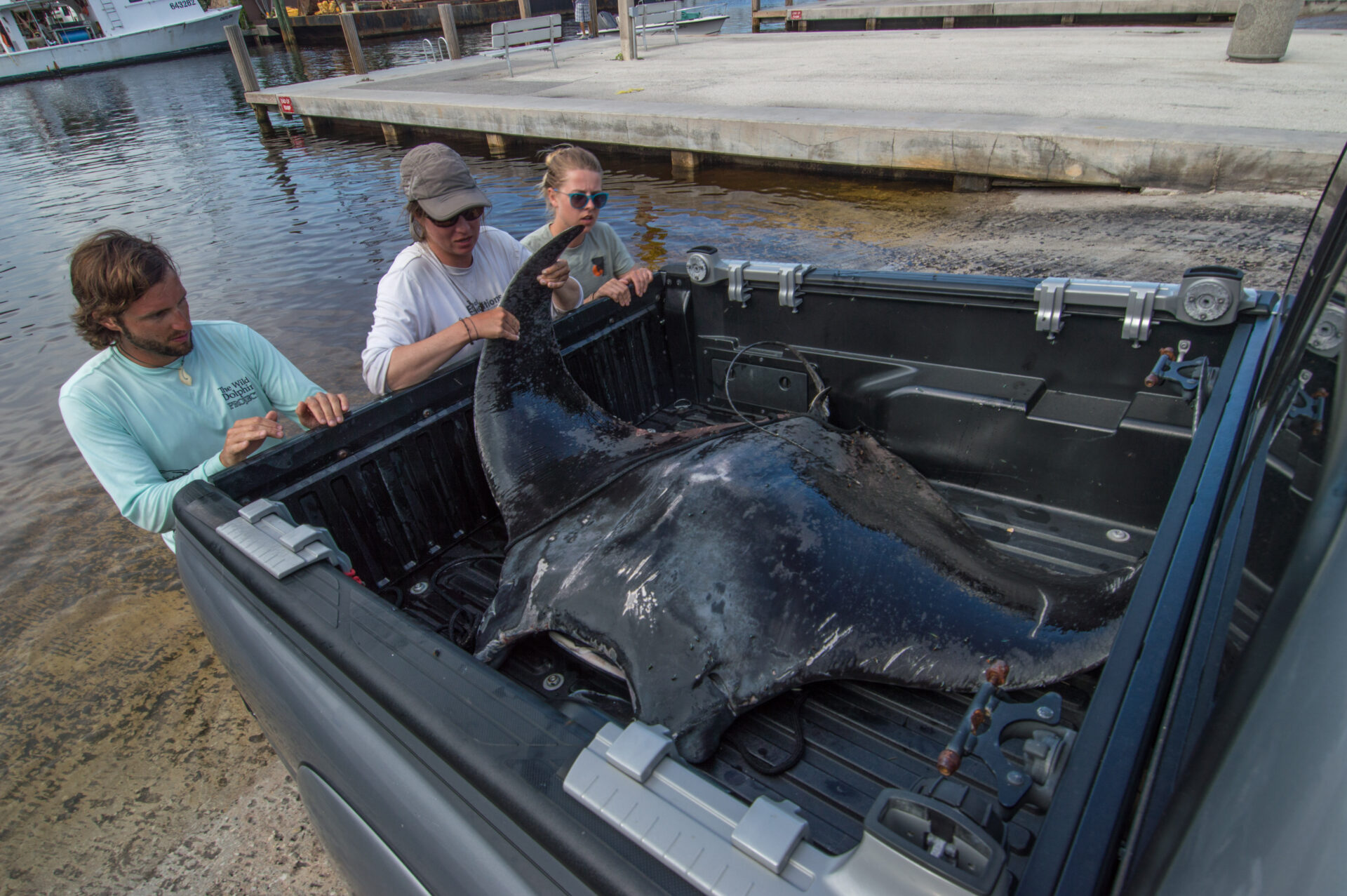
Dr Marshall had been working with international collaborators to publish a formal description of this new species when she suffered a severe brain aneurysm and stroke in early 2024, following which, she remains on long-term medical leave. The formal description was completed by an international research team led by Brazilian researcher Nayara Bucair from the University of São Paulo, with Marine Megafauna Foundation’s Jessica Pate carrying forward the collaboration and providing Andrea’s data and observations.
“This discovery confirms what Andrea has long been working on,” said Dr Simon Pierce, executive director and co-founder of the Marine Megafauna Foundation. “Andrea’s 2009 taxonomic work on manta species flagged the likely existence of a third Atlantic manta species, based on careful field observations, and this formal description brings that work to completion.”
Mobula yarae shares many characteristics with both existing manta species, which explains why it remained formally unrecognised for so long. Distinguishing features do include, however, distinctive ‘v-shaped’ white shoulder patches, lighter colouration around the mouth and eyes compared to the darker faces of the giant mantas, and dark spots typically confined to the abdominal region but not extending between the gills as in reef mantas.
The new species can grow to somewhere between five and six metres, like giant mantas, though many observed individuals are smaller juveniles, and often found in coastal waters like reef mantas.
“It’s a classic case where genetic analysis was needed to confirm what careful morphological observation suggested,” said Pate. “The differences are consistent once you know what to look for, but they are subtle enough that definitive identification requires expertise.”
In a 2022 social media post, Dr Marshall reflected on the journey that led to the discovery of this third manta species.
“In 2009, it was one of the largest species discoveries of the last 50 years. It was huge for me as an early career scientist and such a privilege to go through every step of the process,” she said. “Did I ever expect to do something like that again? Hell no. Not a chance. So, it was one of the shocks of my life to jump into the warm waters off the Yucatán in Mexico about a year later and come face to face with what I instantly knew was a third species of manta ray.”
Following her recognition of the third species in Mexican waters, Dr Marshall expanded her investigation to other Atlantic locations. Between 2009 and 2010, she travelled to Brazil during winter months to collaborate with researcher Ana Paula, who had been collecting manta ray photo-identifications in Brazilian waters since 2001.
Within days, the pair confirmed that the third species occurred in Brazilian waters as well as Mexico, suggesting a ‘much broader Atlantic distribution’ than initially suspected.
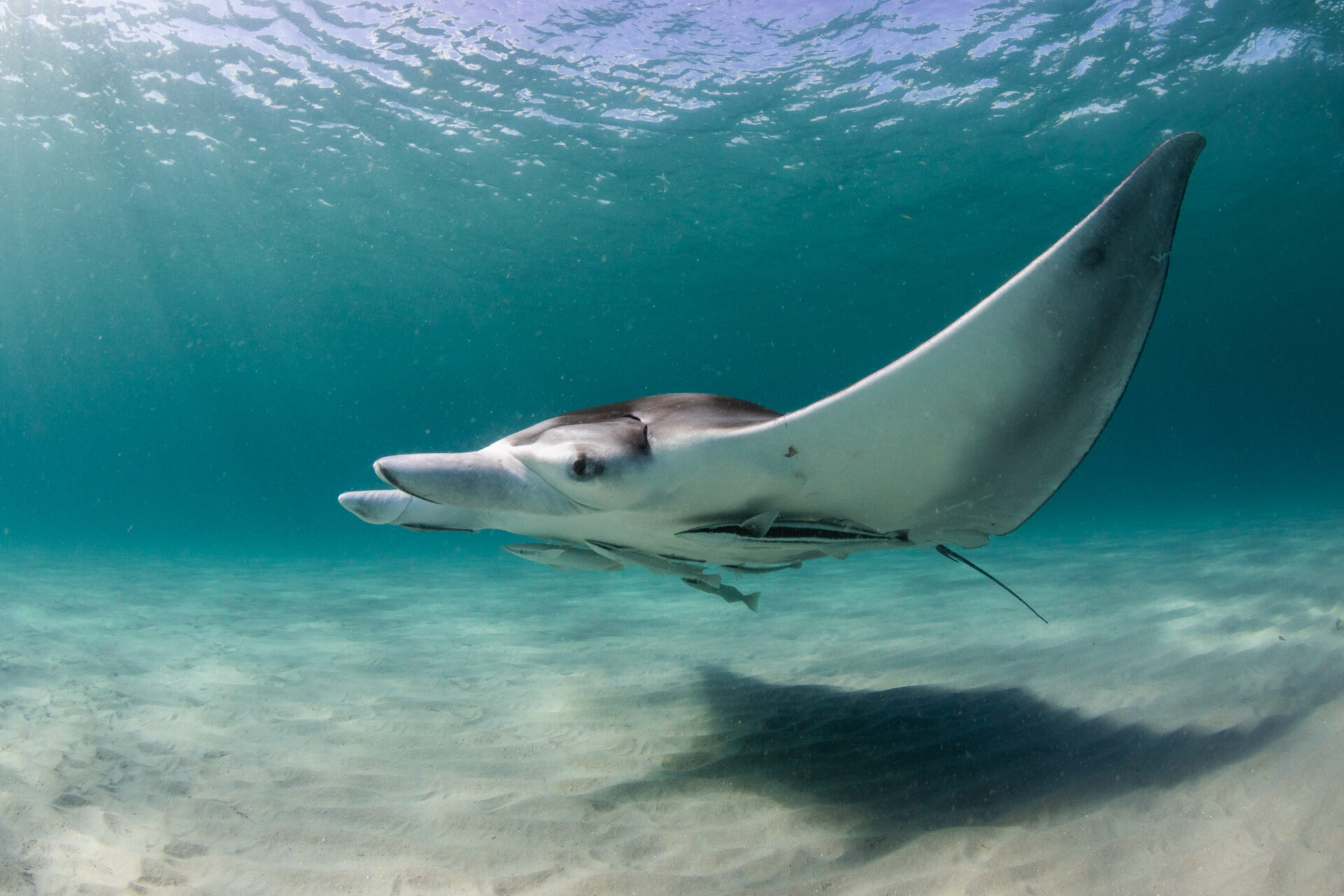
A pivotal moment came in July 2017, when Jessica Pate – only then in her second year leading Marine Megafauna’s Florida Manta Project research programme – received an urgent call about a dead manta ray found off Pompano Beach.
Finding the eight-foot, juvenile specimen intact, unscarred, and still fresh presented a rare opportunity for the researchers. It was this intact specimen that would ‘finally provide the detailed morphological measurements and genetic samples needed’ to complete the formal species description.
“I quickly called Andrea and she said, ‘buckle up – this is going to be one of the most important days of your career,” said Pate. “Andrea had been waiting eight years for a specimen of the third species that could be used as a type specimen to describe the new species.”
The researchers suggest that with this discovery comes “a rare glimpse into evolution in action.” As one of the most recently evolved lineages of sharks and rays, manta rays provide a window into ongoing speciation, with genetic evidence suggesting M yarae diverged relatively recently from other manta ray species.
“We’re probably still watching speciation occur,” said Pate. “This species has very recently evolved from the giant manta – it’s rare to see a new species like this, and even rarer to watch the process behind it.”
Unlike their wide-ranging relatives in the Indo-Pacific, Mobula yarae appears to have a more restricted distribution in the western Atlantic Ocean, from the eastern United States through the Gulf of Mexico and Caribbean Sea to coastal Brazil. This coastal presence makes the Atlantic manta ray species potentially more vulnerable to human impacts than their oceanic relatives.
The manta ray species is caught as bycatch in gillnets, trawls, and other fishing gear throughout its range, with some specimens recovered from artisanal fisheries in Brazil.
Meanwhile, Marine Megafauna Foundation’s Florida manta ray research has documented boat strikes and fishing line entanglement as significant threats in Florida waters. In the Gulf of Mexico, shrimp trawling is likely a major source of mortality for this species.
“The formal recognition of Mobula yarae is crucial for manta ray conservation efforts,” said Pate. “You can’t protect what you haven’t formally identified. Now that we’ve proven that this Atlantic manta ray is distinct, we can tailor our research and conservation initiatives to protect the species.
“This formal recognition is just the beginning. In Florida, we are seeing these manta rays in areas with heavy boat traffic and coastal development. Understanding their habitat needs and movement patterns is crucial for their protection.”
Future research priorities include population assessment across the species’ range, movement pattern studies using satellite telemetry, habitat use characterisation, and threat assessment in key areas.


"*" indicates required fields
Printed editions
Current issue
Back issues
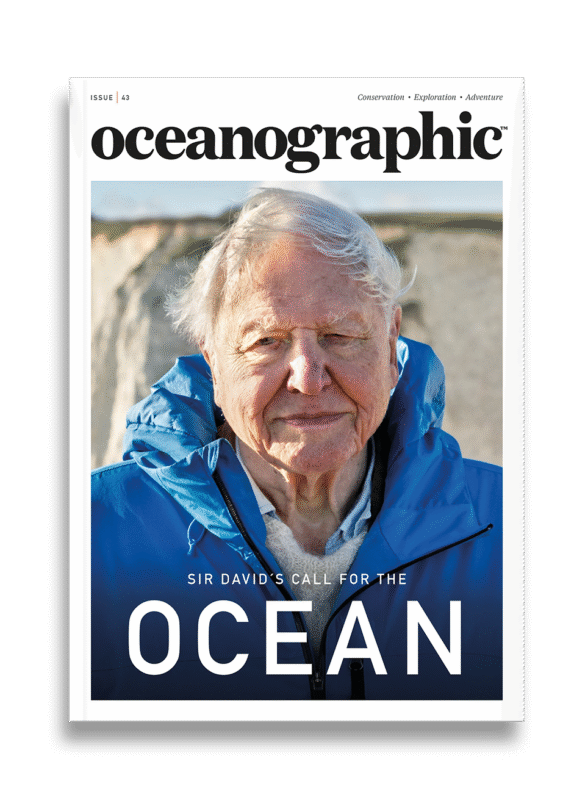
Back Issues
Issue 43 Sir David Attenborough’s ‘Ocean’

Back Issues
Issue 41 Holdfast to the canopy
Enjoy so much more from Oceanographic Magazine by becoming a subscriber.
A range of subscription options are available.

